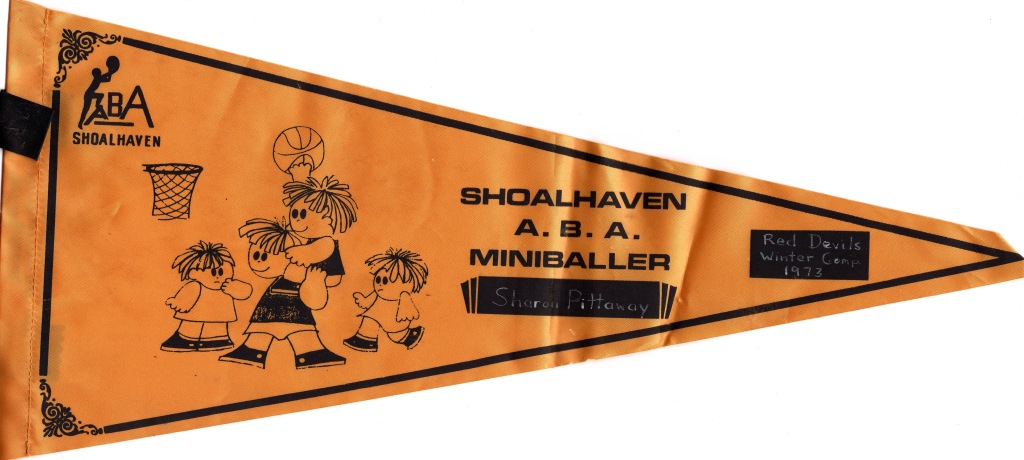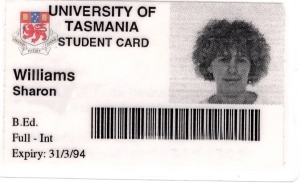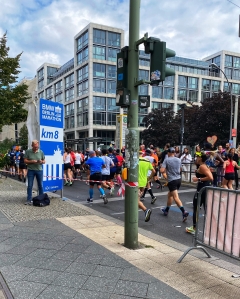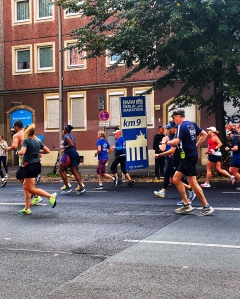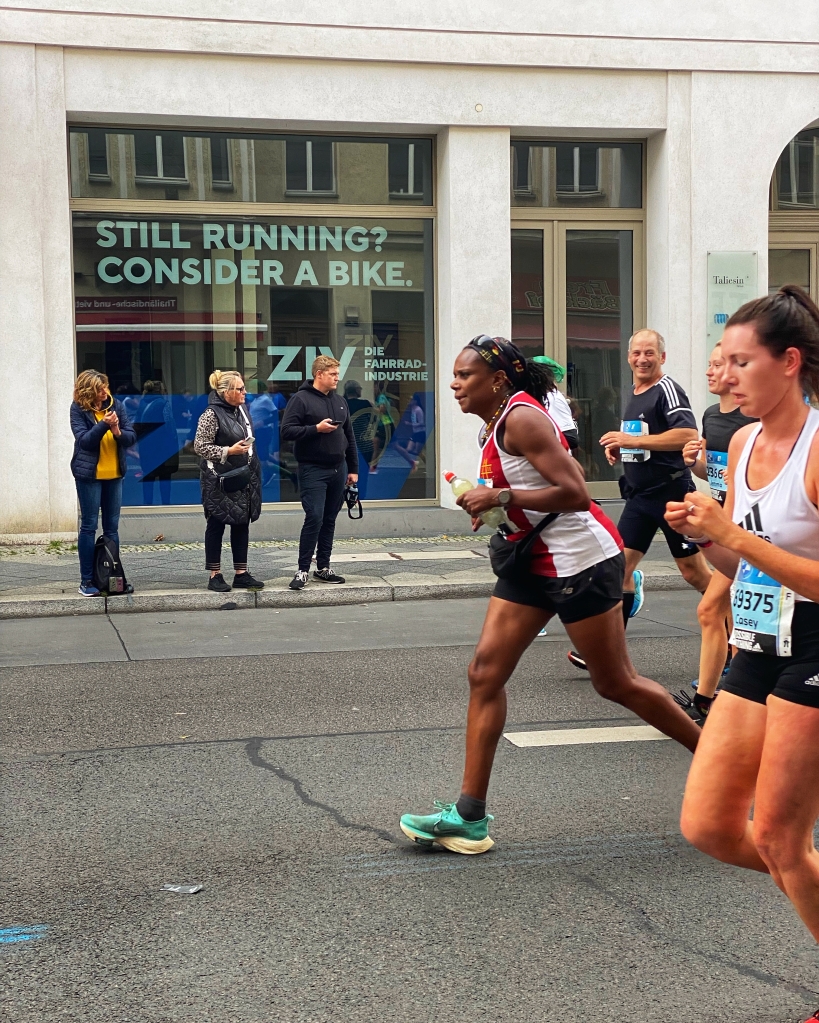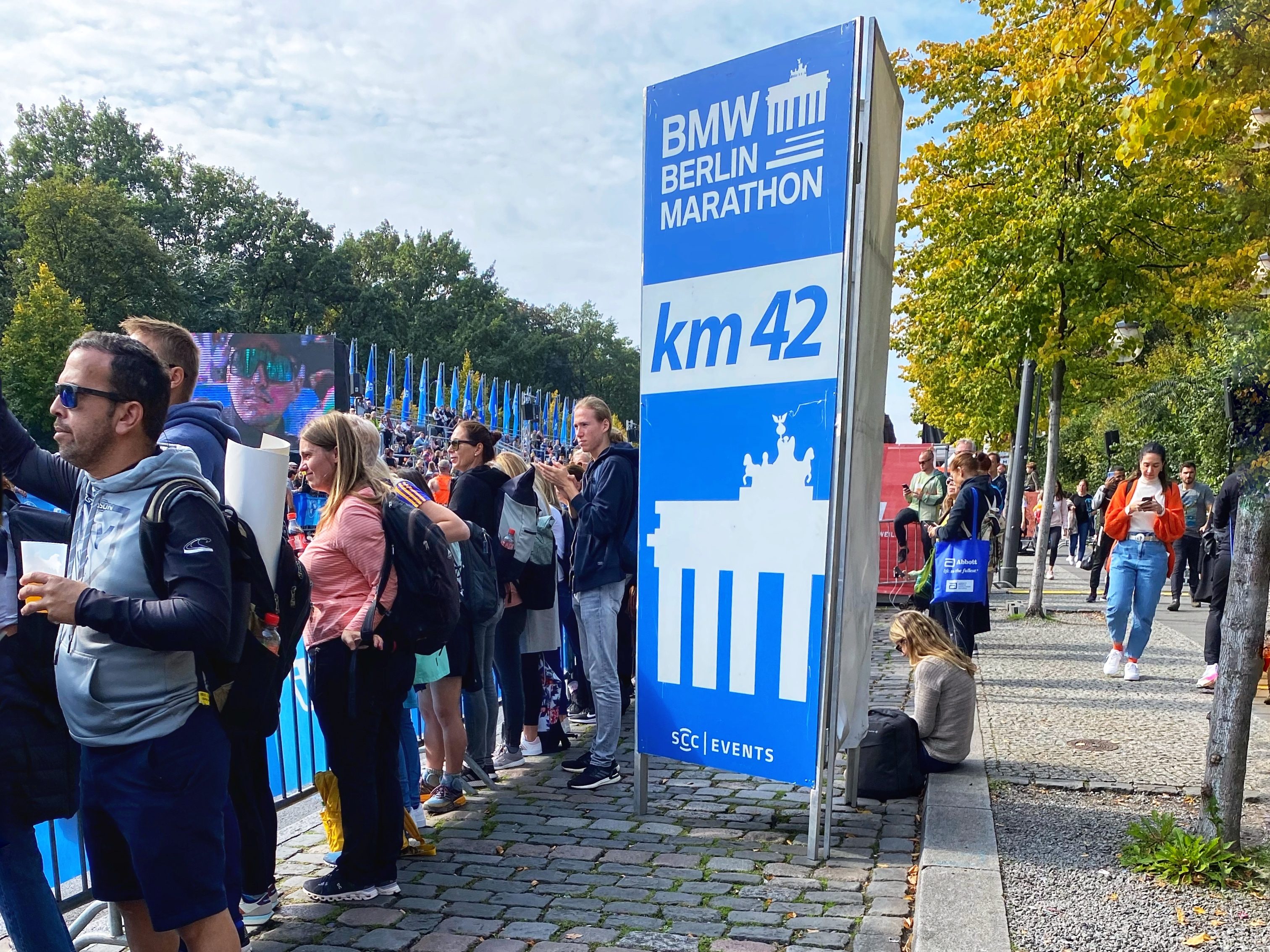End of December 2017 – we head to Europe for a cold Christmas. Paris, the UK for actual Christmas, back to Paris, then Venice for New Year, then Prague.
Beginning of January 2018 – we arrive home to the warmth of an Australian summer.
End of January 2018 – Dad passes away.
End of November 2018 – I discover a lump in my breast.
End of December 2018 – formal diagnosis. A trip to Tassie for Christmas with the kids and grandkids.
Beginning of January 2019 – a trip to Queensland for more family, then home for surgery.
February-March 2019 – radiotherapy treatment, confronting and strange.
April 2019 – the beginning of (endocrine) hormone treatment. A pill every day for five years. Regular check ups with my surgeon, medical oncologist, and radio oncologist. Confronting and anxiety inducing. I think I called it being discombobulated back then.
Early December 2019 – a trip to Singapore to attend a conference. My cough and difficulty breathing when I get home a concern but it cleared up after a time.
Late December 2019 – January 2020 – to Sydney for Christmas with Mum and friends. Bushfires. Smoke for air. Death and destruction. Hands being shaken that didn’t want to be. Exhaustion. Logging on to apps we didn’t know we needed, glued to social media. The fires closing in on my sister’s house, then turning away suddenly, not far from the front gate. Her watching on from the UK. Safe. Kind of.
March 2020 – COVID. The world shuts down.
Lockdown #1: Tuesday 31st March to Tuesday 12th May. A total of 43 days that seemed longer in the living of it.
Borders closed. Shortages of toilet paper, dried goods, patience. Working from home. Board games in the evenings. Lives lost, exhaustion, death and disease. Daily press conferences. Numbers, stats, people’s lives … and their deaths. Masks, homemade at first, then N95s. No handshakes. No flights. No gatherings. Dis-ease.
Blur.
Just get through it. Take the moments when you can. Zoom, photography, connection. Wear a mask. Wash your hands. Get tested.
We become ‘distancers‘ … uneasy, wary, but at least our hands are clean.
Melbourne’s Lockdown #2: 9th July to Tuesday 27th October. 111 days of boredom, coping, not coping; working from home, living in trackpants.
Blur on steroids.
Blurgh.
End of October 2020 – the measures are working. Cases reducing. Doughnut days are here (to stay?). Still masking, washing our hands, working from home. But no deaths, fewer new cases. Doughnut shops sell out by mid-morning.
A circle of hope for the weary and un-easy.
December 2020 – a trip to Tassie for Christmas, taking the moments when we can. Family, connection, a circle of hope for the weary.
February 2021 – no more doughnut days. Melbourne’s Lockdown #3: A short, sharp five days from February 13 to 17.
March 2021 … – check ups, anxiety inducing and painful, but necessary and reassuring when they’re done.
53 weeks of distancing, still working from home, still masking on the odd times we go out. The talk of a ‘COVID-normal’ world. No idea what that means.
Melbourne’s Lockdown #4: from May 28 to June 10. 14 days that feel like another lifetime.
June 2021 – Tim goes to the doctor who sends him to a specialist who sends him for tests.
The results come back. It wasn’t the news we wanted to hear.
July 2021 – Melbourne’s Lockdown #5: Friday 16th July to Tuesday 27th.
Tim’s surgery is scheduled right in the middle of those 12 gruelling days. Complications mean his 3-4 day stay in hospital stretches out over 13 gruelling days.
Breast surgeon check up for me. All clear.
August 2021 – Melbourne’s Lockdown #6: Thursday 5th August to Thursday 21st October. 77 soul-sucking days. Seems no end to it.
Tim starts chemo. Eight three-week cycles, with a week off in between each cycle.
Six-months of it.
Blurgh.
September 2021 – an earthquake, Victoria’s largest in 200 years, because … well, why not?
November 2021 – redundancy. Am I retired now? I sure am tired now.
December 2021 – regular mammogram, ultrasound, medical oncology check up. All clear.
February 2022 – Tim finishes chemo. An end to it.
April 2022 – car crash. No one was hurt … except the car.
Blurgh.
September 2022 – the College of Extraordinary Experience, Poland.
October 2022 – Germany, Belgium and the UK. Extraordinary.
December 2022 – regular mammogram, ultrasound, medical oncology check up. All clear.
2023 – retirement? Maybe.
February 2023 – U3A. It’s what retired people do. Photography group. Book club. New views, new ideas. Getting out. Is this normal? COVID normal or normal normal? Who can tell?
April 2023 – new job. Helping seniors with technology. Re-invigorated. Re-energised. Re-connected.
May 2023 – Multiple Births Association volunteer. Cuddling babies. Bliss.
July 2023 – change of direction, this time into real estate. Starts out well enough.
August 2023 – move out of the city into our own home.
December 2023 – regular mammogram, ultrasound, medical oncology check up. All clear.
March 2024 – yet another change of direction. A consultant now. Writing, editing, transcribing, interviewing.
May 2024 – today. May 12. Mothers Day as it turns out. My last day of pills. One pill every day for five years. Today’s will be the last.
And just like that …
